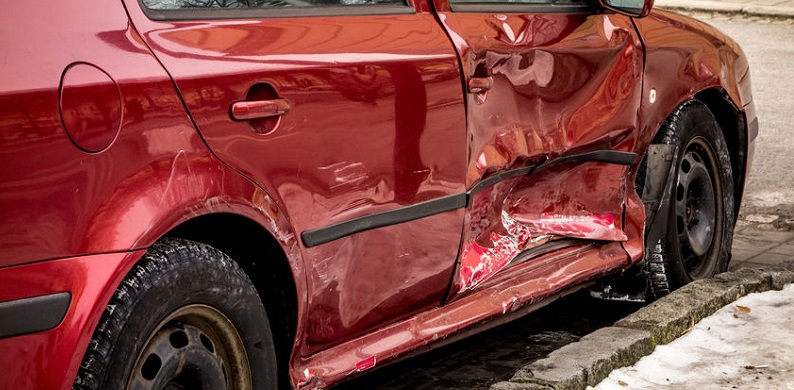In 2017, Colorado dramatically increased the fines for texting while driving, a form of distracted driving that makes car accidents more likely.
Drivers Who Text Are 20 Times More Likely to Be Involved in an Accident
The first-ever text message was sent in 1992. In the years since, texting while driving has proven to be a dangerous practice, one of which many drivers have been guilty. How have lawmakers and agency officials responded?
Legislative Action
In recent years, Colorado legislators have tried several measures to discourage texting while driving.
- Three years ago, the state legislature passed a bill that increased fines for texting and driving from $50 to $300. It also increased the points on the offender’s driver’s license from one to four. But its requirement that the driver must be proved to have been texting in a careless and imprudent manner makes the law hard to enforce.
- Six months after the law went into effect, lawmakers introduced legislation to require that devices used when behind the wheel be hands-free. But it died in committee.
- In 2019, the same bill was introduced by Senator Lois Court. Although it passed in the Senate, it failed in the house because of concerns about racial profiling.
This year, legislators have taken up the cause with Senate Bill 20-065.
Many states are passing laws to ban texting while driving in hopes of raising awareness of the dangers of distracted driving. By May 2019, 16 states and the District of Columbia had enacted laws to ban the use of hand-held cell phones while driving. Forty-eight states, the District of Columbia, Guam, Puerto Rico, and the U.S. Virgin Islands have banned texting while driving.
Prevention Efforts
Although it is illegal for any driver to text while driving in Colorado and also illegal for those under 18 to use cell phones at all while driving, most Colorado drivers continue to use a cell phone while driving. According to a recent survey by the Colorado Department of Transportation (CDOT), 33 percent of the respondents acknowledge that they have texted, emailed, or checked social media while driving in the past week. Nearly half routinely read messages while driving. According to the Virginia Tech Transportation Institute, drivers who text are 20 times more likely to be involved in an accident than other drivers.
To combat the problem, CDOT recently launched a new distracted driving campaign, “Distraction Reactions,” which showcases the impact that distracted driving has on others by asking: “If drivers saw how others reacted to their distracted driving, do you think they would change their behavior?” The goal of the campaign is to “[harness] the power of human reactions to emphasize that distracted driving is a negative action that puts everyone at risk.” Various states have launched highly visible enforcement campaigns that include the use of higher-profile vehicles and roving patrols to catch those who text while driving.
For its part, the federal government has modified the Fixing America’s Surface Transportation (FAST) Act to create a Distracted Driving Grant for states that prohibit texting and the use of electronic devices by drivers 18 and under. However, the FAST Act may be rescinded in mid-2020. If it is, states will lose a total of $7.6 billion in transportation funding.
What to Do If You’re Involved in an Accident With a Distracted Driver
If you are involved in a car accident in Colorado caused by a distracted driver:
- Seek medical treatment. This should be your number one priority.
- Report the accident to law enforcement and notify your insurance company.
- Speak with anyone who may have witnessed the accident. Obtain their contact information and written statements if possible.
- Photograph vehicle damage, physical injuries, weather conditions, the roadway and any traffic lights, and physical evidence or road debris. Make a note of the time and day of the accident.
- Call a personal injury attorney who has experience with traffic accidents.
Proving Distracted Driving
It is not enough to suspect that the other driver’s distracted driving has caused an accident. You also need to prove it. What counts as evidence?
- The driver admits to it. Definitive but rare. Most people know that it is unwise to admit guilt or fault before speaking to an attorney.
- The police report mentions the other motorist’s distracted driving. This is especially persuasive if the officer witnessed the accident and distracted driving firsthand.
- Witnesses to the accident noticed the distracted driving behavior that caused the accident and tell the authorities what they saw.
- Cell phone records show that the other driver was texting, surfing online, or talking on his cell phone close to the time of the accident.
- Police or surveillance cameras have caught the drive in the act of being distracted. Although such photos and video are sometimes hard to obtain, they are valuable evidence in an auto accident claim.
If you or a loved one has been injured in an accident, contact personal injury attorney Dan Rosen at (303) 454-8000 or (800) ROSEN-911 to schedule your free initial consultation to discuss the details of your case.

